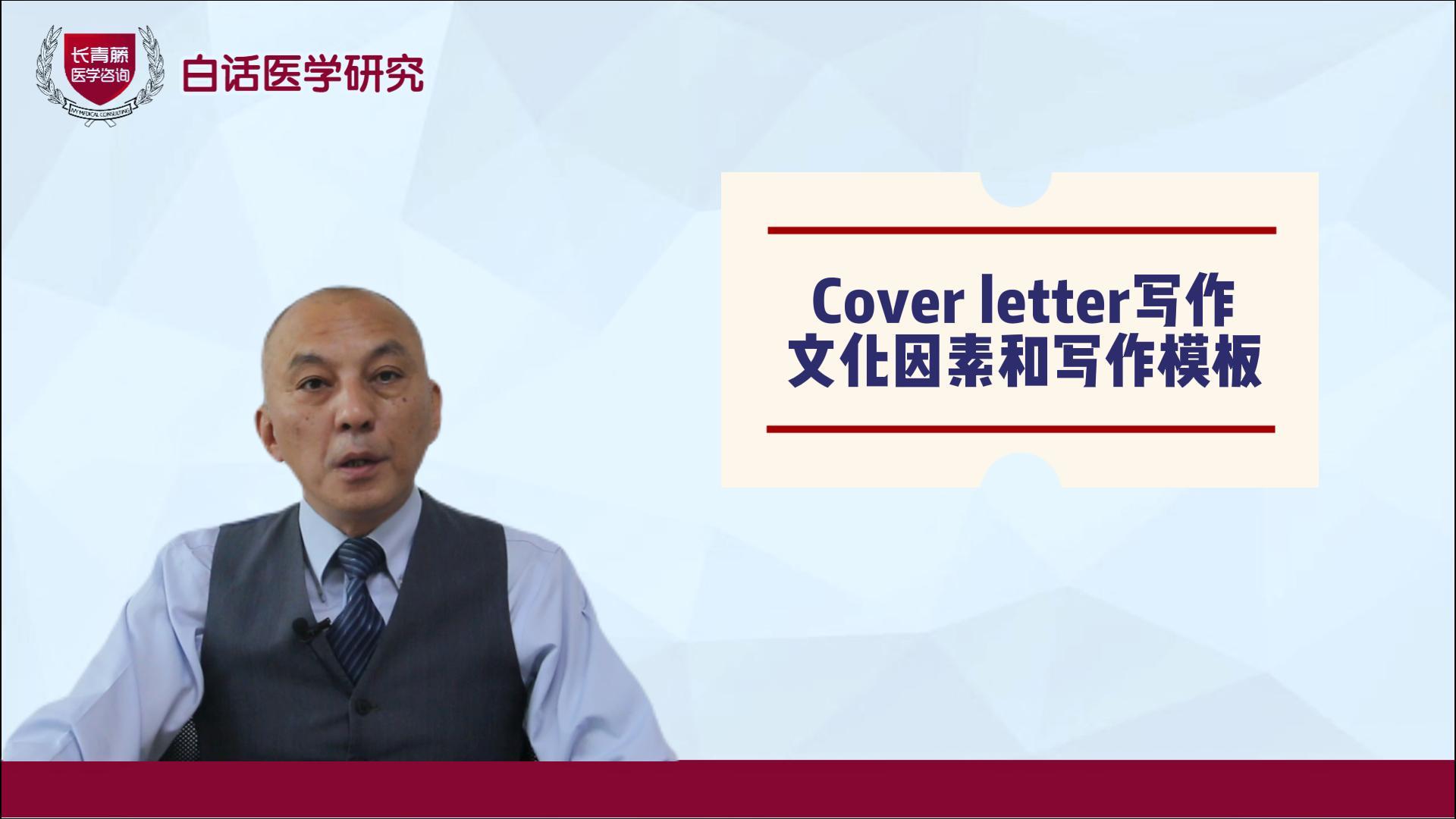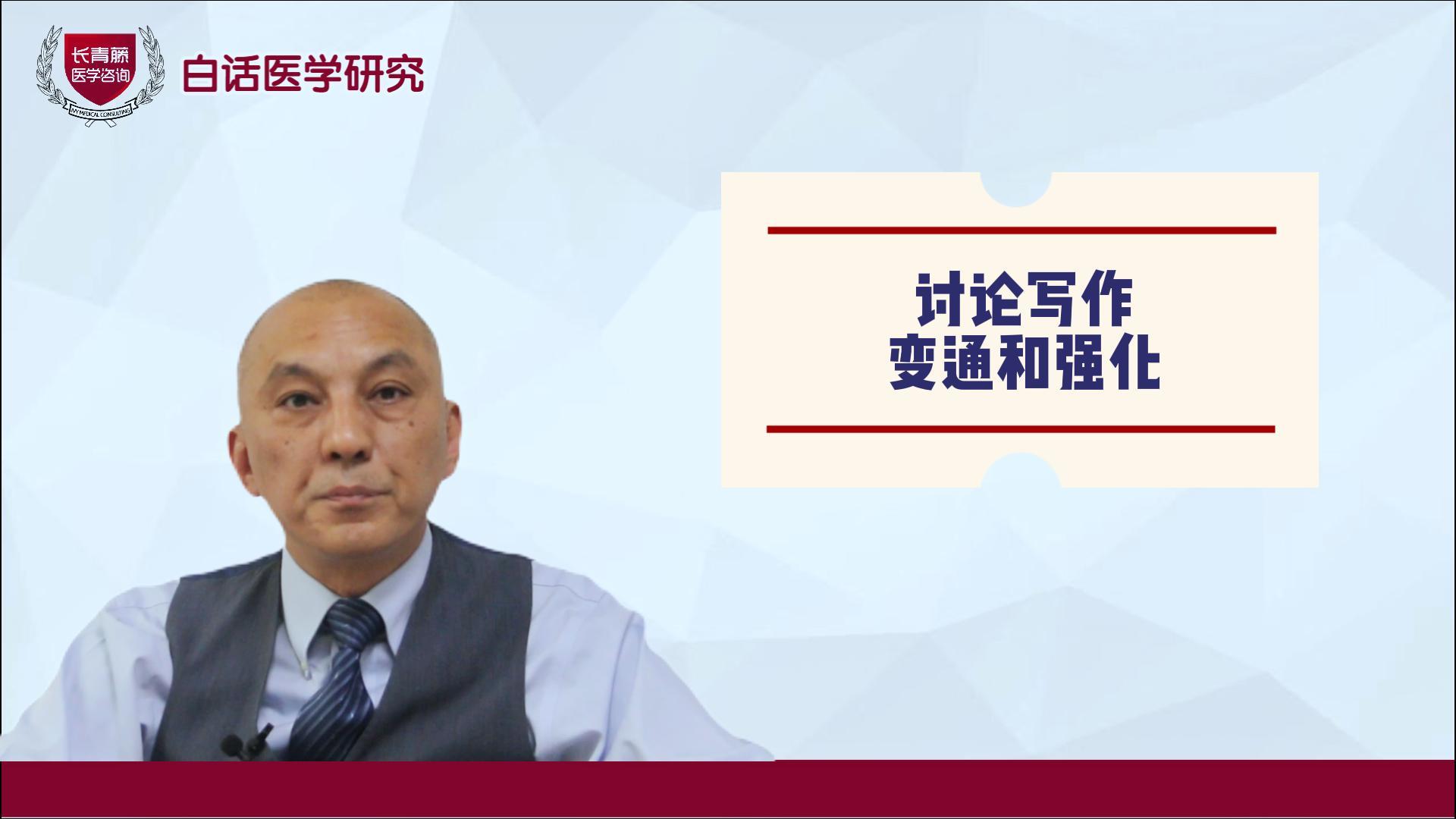1970-01-01

 C. Richard Conti, MD, MACC, Dr. H.C., FCP-SA HON, FESC University of Florida College of Medicine, the former President of the American College of Cardiology in 1989-90. Member on the Editorial boards of《the American Journal of Cardiology》,《the American Heart Journal》,《Circulation》,《JACC》,《European Heart Journal》. Hypertension is a worldwide problem. It is a leading risk factor for mortality, and third leading risk factor for disability. It is a major risk factor for coronary artery disease and/or diabetes. More than a quarter of the world adult population are hypertensive. Adults with hypertension will increase approximately 60% over the next 20 years. Improved prevention, detection, and treatment of hypertension are clearly needed. The treatment goal is to prevent adverse outcomes, for example, death, myocardial infarction, and stroke - not simply reduce blood pressure. At the present time in China, 22.6% of males and 19.7% of females aged 20 and older have hypertension. It is predicted by the year 2025 that 27.7% of males and 27% of females will be hypertensive. Meta analyses of many hypertension trials have failed to show that beta blockers plus thiazides reduce stroke.
C. Richard Conti, MD, MACC, Dr. H.C., FCP-SA HON, FESC University of Florida College of Medicine, the former President of the American College of Cardiology in 1989-90. Member on the Editorial boards of《the American Journal of Cardiology》,《the American Heart Journal》,《Circulation》,《JACC》,《European Heart Journal》. Hypertension is a worldwide problem. It is a leading risk factor for mortality, and third leading risk factor for disability. It is a major risk factor for coronary artery disease and/or diabetes. More than a quarter of the world adult population are hypertensive. Adults with hypertension will increase approximately 60% over the next 20 years. Improved prevention, detection, and treatment of hypertension are clearly needed. The treatment goal is to prevent adverse outcomes, for example, death, myocardial infarction, and stroke - not simply reduce blood pressure. At the present time in China, 22.6% of males and 19.7% of females aged 20 and older have hypertension. It is predicted by the year 2025 that 27.7% of males and 27% of females will be hypertensive. Meta analyses of many hypertension trials have failed to show that beta blockers plus thiazides reduce stroke.
However, the newer agents, i.e. the ACE inhibitors, ARBs and calcium antagonists do reduce the incidence of stroke. The INVEST trial, which included over 22,000 patients with coronary artery disease and hypertension concluded the following: 1 Non-diabetics have reduced risks with blood pressures less than 140mmHg systolic 2 Diabetics have increased risks with blood pressure greater than 140mmHg systolic 3 Patients with no prior myocardial infarction have decreased risk with blood pressure less than 140mmHg 4 Patients with prior myocardial infarction have increased risk with blood pressure greater than 140mmHg The INVEST trial further analyzed the risk of death, myocardial infarction, or stroke by selected doses of added therapy and concluded that there was a reduction of adverse outcomes associated with systolic blood pressure reduction using combined calcium antagonists plus angiotensin II active agents compared to beta blockers plus thiazides.
The INVEST data also indicate that calcium antagonist based therapy is better than beta blocker based therapy for the prevention of new onset diabetes. Others have shown that new onset diabetes confers a similar cardiovascular risk as established diabetes in hypertension patients, and new onset diabetes intensifies the cardiovascular risk associated with elevated systolic blood pressure. Addressing the question about anti-hypertensive therapy and how low should blood pressure go, the following conclusions can be made: Usual blood pressure is strongly and directly related to vascular and overall mortality without any evidence of a threshold down to at least 115 over 75 mmHg.
In the INVEST population of 22,566 patients, the primary outcome of death, myocardial infarction, or stroke, the optimal systolic blood pressure is less than 120 mmHg in the usual coronary disease patients when LDL and other prevention measures are deployed. If one analyzes the subgroup of patients from INVEST who had a prior myocardial infarction, the optimal systolic blood pressure is greater than 120mmHg and less than 130mmHg in the usual patient with a prior myocardial infarction. In summary, there is increasing evidence to support the following strategies: 1 Optimal systolic blood pressure less than 120 mmHg in CAD patients when LDL and other prevention measures are deployed 2 Combination of drugs with differing modes of action are usually required, for example, ACE inhibitors and calcium antagonists 3 In patients with risk factors for diabetes, one should avoid beta blockers and thiazides. The take-home message is when considering newer strategies, that is, calcium antagonists and ACE inhibitors or ARBs, vs. traditional strategies, that is, diuretics and beta blockers, newer therapy results in substantial reduction in diabetes mellitus and stroke.
百度浏览 来源 : 国际循环
版权声明:本网站所有注明来源“医微客”的文字、图片和音视频资料,版权均属于医微客所有,非经授权,任何媒体、网站或个人不得转载,授权转载时须注明来源:”医微客”。本网所有转载文章系出于传递更多信息之目的,且明确注明来源和作者,转载仅作观点分享,版权归原作者所有。不希望被转载的媒体或个人可与我们联系,我们将立即进行删除处理。 本站拥有对此声明的最终解释权。




发表评论
注册或登后即可发表评论
登录注册
全部评论(0)